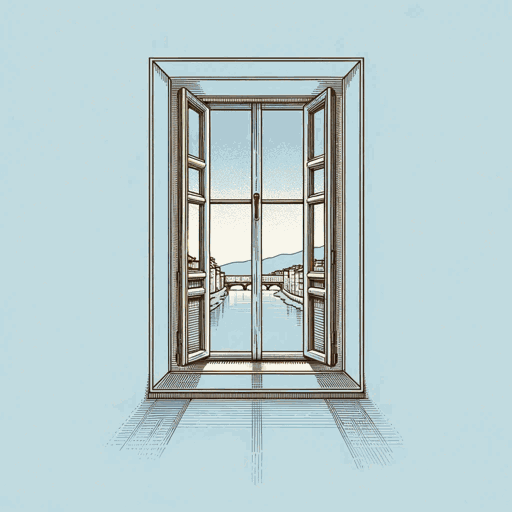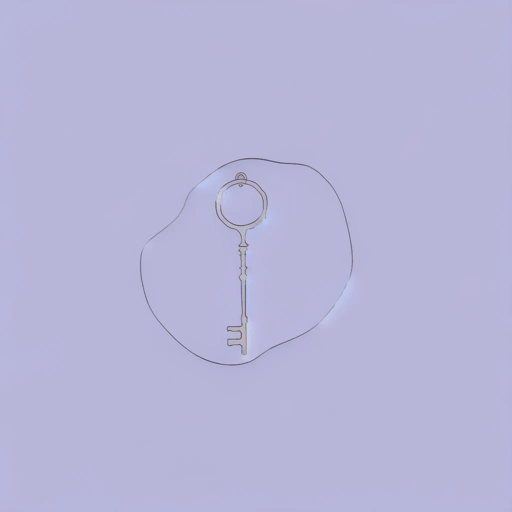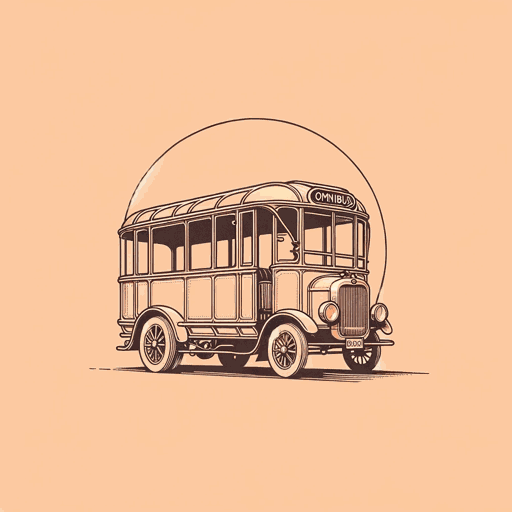27 pages • 54 minutes read
E. M. ForsterThe Celestial Omnibus
Fiction | Short Story | Adult | Published in 1911A modern alternative to SparkNotes and CliffsNotes, SuperSummary offers high-quality Study Guides with detailed chapter summaries and analysis of major themes, characters, and more.
Symbols & Motifs
The Celestial Omnibus
The titular omnibus is both a symbol of and an allegory for creating and consuming art. The horse-drawn carriage is driven by and ferries living passengers to deceased literary figures—real and fictional. While the boy engages with these figures and enjoys various sights during his two rides, Mr. Bons fails to see anything of value and prefers the familiar comfort of London. Thus, the omnibus is a test in which true artists open themselves to new experiences—and are rewarded with the fantastical. Being young and open to learning, the boy enjoys the journey on the omnibus as much as its destination. By contrast, Mr. Bons fixates on the pedigree of the omnibus’s driver, 13th-century Italian author Dante Alighieri, and thus is blind to Dante’s warning and everything else outside the omnibus.
Sunset and Sunrise
The motifs of sunset and sunrise recur throughout the short story. Early on, the boy fondly studies his neighborhood and notes the class discrepancies between the houses’ façades. However, he credits the sunset with obscuring “the inequalities of rent” and promising “something just a little different” (Paragraph 1.15). The sunset does away with classism, while underscoring the boy’s capacity for artistic thought—the opposite of Mr.
Related Titles
By E. M. Forster

A Passage to India
E. M. Forster

A Room with a View
E. M. Forster

Aspects of the Novel
E. M. Forster

Howards End
E. M. Forster

Maurice
E. M. Forster

The Machine Stops
E. M. Forster

Where Angels Fear to Tread
E. M. Forster

